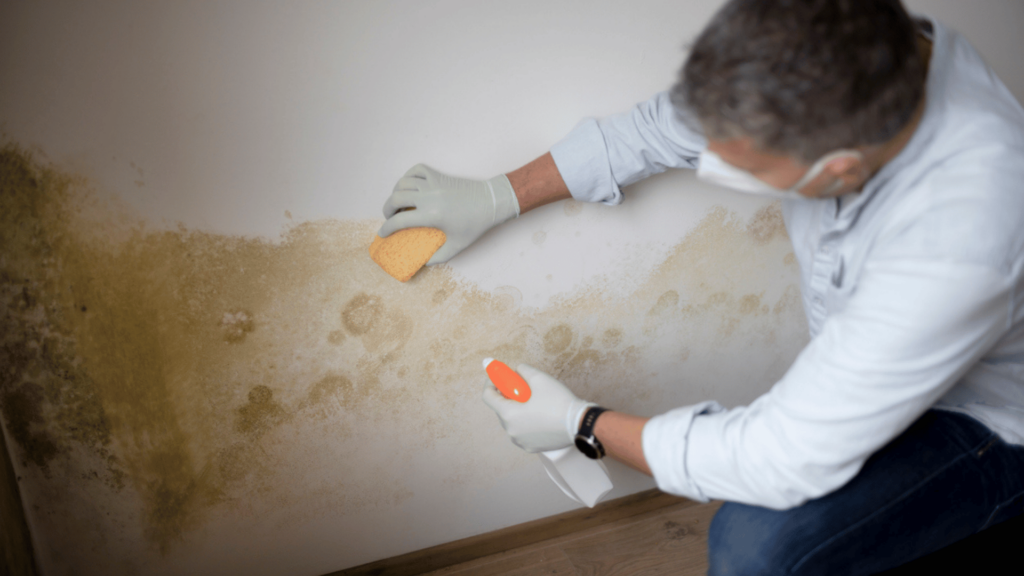Water damage is one of the most frustrating and expensive issues a homeowner can experience. From small, hidden leaks that encourage mold growth to sudden floods that damage flooring, furniture, and personal items, water can quickly turn into your worst enemy. Even worse? Many types of water damage go unnoticed until they become big—and costly—problems.
Fortunately, you can avoid most of this trouble by practicing simple home maintenance and staying alert. Let’s explore key steps you can take to protect your property and your bank account.
Inspect and Maintain Your Roof
– Your roof is your home’s first layer of protection against the elements. If it’s compromised, rainwater can easily find its way inside.
– Inspect your roof at least twice a year, ideally in the spring and fall. After any major storm, do a quick check for missing shingles, cracks, or other visible damage.
– Clear off debris like leaves and branches. Accumulated debris can trap moisture and cause the roofing material to deteriorate over time.
– Check the flashing and sealing around skylights, chimneys, and vents. Cracks or missing caulk in these areas can allow water to seep in.
– Don’t wait for leaks to appear—schedule a professional roof inspection annually. A trained eye can catch issues early before they turn into expensive repairs.
Keep Gutters and Downspouts Clean
– Gutters and downspouts help channel rainwater away from your home. When they’re clogged or damaged, water can spill over and damage your siding, foundation, and landscaping.
– Clean your gutters twice a year, especially after fall when leaves have fallen.
– Make sure downspouts are securely attached and extended at least 3 feet away from the foundation.
– Install gutter guards to reduce debris buildup and minimize your cleaning tasks
– After a rain, walk around your home and look for signs of water pooling near the base—this could indicate that your gutter system needs attention.
Watch for Plumbing Problems Inside the Home
– Not all water damage comes from outside. Leaks inside the home can be just as damaging—sometimes more so, because they’re harder to detect.
– Check under sinks, behind toilets, and around appliances like washing machines, dishwashers, and refrigerators.
– Replace old or brittle supply hoses every 5–7 years.
– Look for signs of water damage: discoloration on walls, ceilings, or floors; a musty smell; or warping.
– Consider installing smart water leak sensors. These devices alert you instantly when they detect moisture, helping you stop leaks before they cause major problems.
Maintain Your Water Heater
– Water heaters can last a long time, but without maintenance, they can also become a major source of leaks and flooding.
– Flush the tank once a year to remove sediment, which can cause corrosion and reduce efficiency.
– Test the pressure relief valve to ensure it’s functioning correctly.
– Inspect around the unit for rust, damp areas, or corrosion—all signs that a leak may be coming soon.
– If your water heater is more than 10 years old, consider replacing it before it fails.
Protect Your Basement or Crawl Space
– Basements and crawl spaces are naturally more prone to moisture issues due to their location below ground.
– Install a sump pump and test it regularly to ensure it’s working properly.
– Use a dehumidifier to control humidity and prevent mold growth.
– Seal any visible cracks in basement walls or floors using waterproof sealant.
– For added protection, apply a waterproof coating to interior walls to help prevent seepage.
Seal Windows and Doors
– Water can enter through even small gaps in your windows and doors.
– Inspect caulking and weatherstripping around windows and door frames once a year and replace them if worn or cracked.
– Repaint or reseal wood frames to protect them from moisture and rot.
– Check that window wells are properly drained and consider installing covers to keep water out.
Improve Outdoor Drainage
– Poor drainage around your home can cause water to collect near your foundation—and eventually seep inside.
– Ensure that your yard slopes away from your home so rainwater naturally flows away.
– Keep storm drains and grates free of leaves, dirt, and debris.
– Avoid planting large shrubs or trees too close to your house—roots can shift soil, disturb foundations, and change drainage patterns.
– If pooling water persists, consider hiring a landscaper to regrade the area.
Inspect Your Irrigation System
– Outdoor sprinkler systems can sometimes leak or spray too close to your home, causing unseen damage.
– Watch for unusually wet areas in your yard or an unexpected spike in your water bill.
– Check sprinkler heads to make sure they’re not spraying against the house or directly onto windows or siding.
– Inspect all hoses and connectors regularly for cracks, leaks, or damage.
Locate and Test Your Main Shut-Off Valve
– When a pipe bursts, knowing how to stop the water flow quickly can prevent a major disaster.
– Find your main shut-off valve and make sure everyone in your household knows where it is.
– Test it a few times a year to ensure it works smoothly.
– Keep any necessary tools (like a water key) close by in case you need to turn it off fast.
Schedule Routine Inspections
– Staying proactive with regular inspections is one of the best ways to catch small issues before they become major.
– Create a seasonal home maintenance checklist to review roofing, plumbing, appliances, and more.
– Don’t hesitate to call in professionals for inspections every few years—they can catch things you might overlook.
– Take action immediately on small leaks or signs of moisture. Delaying even minor fixes can lead to much bigger problems later.
Water damage doesn’t have to be inevitable. With consistent upkeep and a proactive approach, you can prevent most water-related disasters and save yourself from stress, loss, and high repair costs.
A few simple habits—like checking your roof, inspecting plumbing, and monitoring humidity—can make a world of difference. Stay ahead of the problem, and you’ll enjoy peace of mind knowing your home is dry, secure, and protected year-round.

